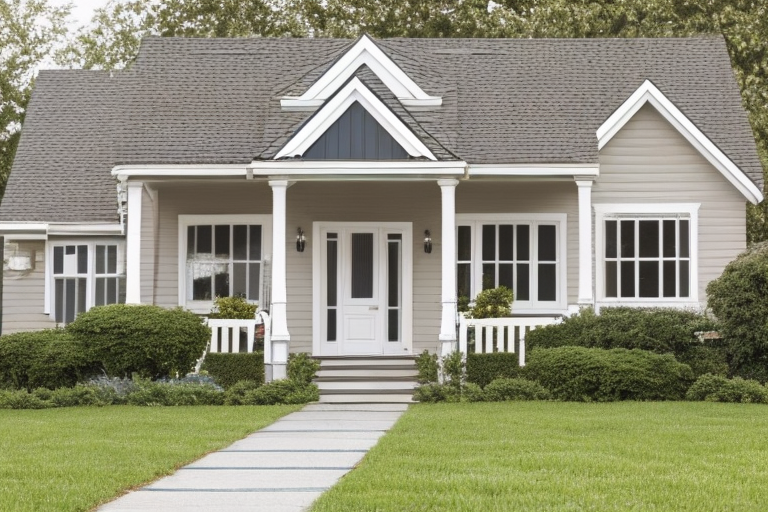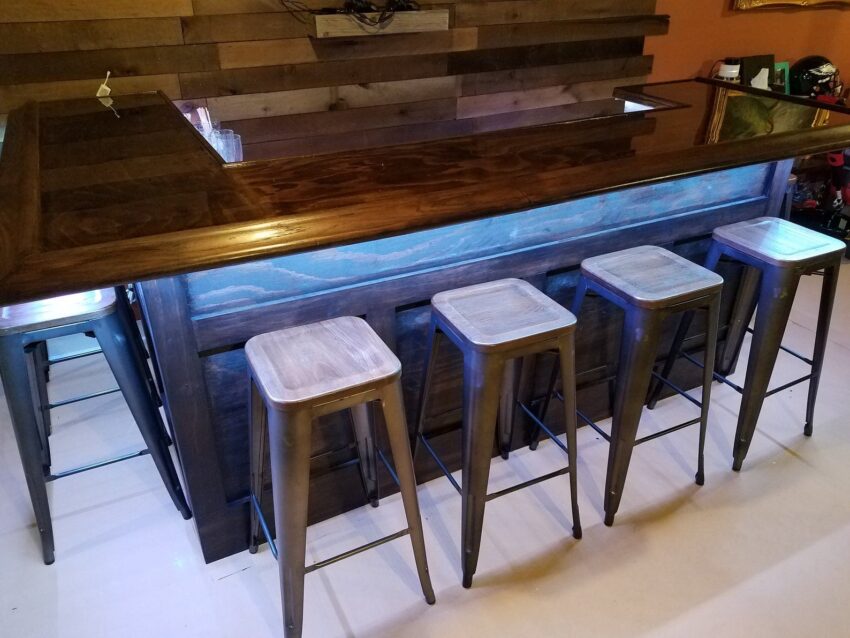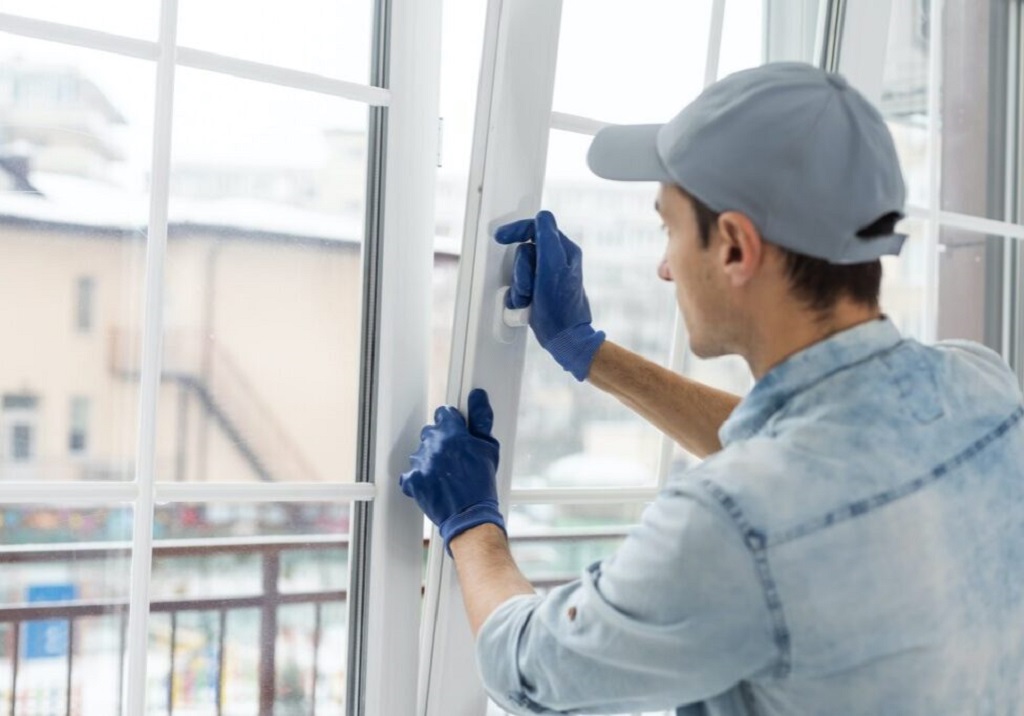Are you dreaming of transforming your house into the home of your dreams? Whether you’re looking to remodel your kitchen, add an extra bedroom, or create a cozy outdoor living space, home improvement projects require careful planning and, more often than not, financial investment. In this article, we will explore various financing options available to homeowners like you, empowering you to make informed decisions about your home improvement journey.
Home Renovation Loans: Turning Dreams into Reality
One of the most popular financing options for homeowners looking to spruce up their living space is home renovation loans. These loans are specifically designed to cover the costs associated with remodeling or upgrading your home, including apartment interior design. Whether you opt for a traditional mortgage or a specialized home improvement loan, this type of financing can offer you the funds needed to turn your dreams into reality.
Financing Options for Home Improvement
Aside from home renovation loans, there are several other financing options available to homeowners. Personal loans, home equity lines of credit, and contractor financing are just a few examples. It’s essential to research and compare these options to find the one that best suits your financial situation and renovation goals.
Understanding Credit Scores and Its Impact on Financing
When applying for home improvement financing, your credit score plays a crucial role. Lenders use your credit score to assess your creditworthiness and determine the interest rates and loan terms they can offer you. It’s important to understand how credit scores work and take steps to improve or maintain a favorable credit standing before applying for financing.
Using a Loan Calculator: Assessing Affordability
Before committing to any financing option, it’s essential to assess the affordability of your project. Utilizing a loan calculator can help you determine the monthly payments and overall costs associated with different financing options. By inputting the loan amount, interest rate, and loan term, you can make an informed decision based on your financial capabilities.
Mortgage Refinancing: Unlocking Hidden Potential
If you’re a homeowner with an existing mortgage, mortgage refinancing can be an attractive option for financing your home improvement project. By refinancing your mortgage, you can access the equity built up in your home and use it to fund renovations. This option allows you to take advantage of potentially lower interest rates and extend your repayment term for added affordability.
Home Equity Line of Credit: Tapping into Your Home’s Value
A home equity line of credit (HELOC) is another financing avenue that leverages your home’s equity. Similar to a credit card, a HELOC provides you with a revolving line of credit that you can tap into as needed. This flexible financing option allows you to withdraw funds for your home improvement project while only paying interest on the amount you’ve borrowed.
Personal Loans: Flexible Funding for Renovations
For homeowners who prefer a more straightforward financing solution, personal loans can be an attractive option. These loans are typically unsecured, meaning they don’t require collateral. With a personal loan, you can borrow a lump sum and use it for your home improvement project. However, it’s important to consider interest rates and repayment terms when evaluating this option.
Low-Interest Financing: Saving Money on Your Project
Saving money is always a priority, and securing low-interest financing for your home improvement project can make a significant difference in your overall costs. Researching different lenders and comparing interest rates and loan terms will help you find the most favorable financing option. Lower interest rates mean less money paid towards interest over time, allowing you to invest more in your renovations.
Exploring Home Improvement Grants and Government Assistance
Home improvement grants and government assistance programs can provide additional financial support for your project. These programs vary by location and eligibility criteria. Conducting thorough research and reaching out to local government agencies can help you uncover potential grants or financial aid available for your specific home improvement needs.
Contractor Financing: Collaborating with the Experts
Some contractors offer financing options for their services, allowing homeowners to complete their projects with ease. Contractor financing can provide you with a streamlined process, as the contractor handles both the renovation and financing aspects. It’s important to evaluate the terms and interest rates offered by contractors and compare them with other financing options to ensure you’re getting the best deal.
Home Improvement Savings: Planning for the Future
If you have the time and patience, saving money specifically for your home improvement project is an excellent way to fund your renovations without taking on debt. By creating a dedicated savings plan and setting aside a portion of your income regularly, you can accumulate funds over time and have more control over your project’s finances.
Energy-Efficient Financing: Investing in a Sustainable Future
In today’s environmentally conscious world, energy-efficient financing has gained significant popularity. Many lenders offer specialized loans for energy-efficient home improvements such as solar panel installations or energy-efficient HVAC systems. These loans often come with attractive terms and incentives, as they promote sustainable living and help homeowners reduce their carbon footprint.
Choosing the Right Financing Option for You
With a plethora of financing options available, choosing the right one for your home improvement project can feel overwhelming. It’s crucial to consider factors such as interest rates, loan terms, repayment flexibility, and your long-term financial goals. By weighing the pros and cons of each option and assessing your specific needs, you can make an informed decision that aligns with your vision and budget.
Conclusion
Embarking on a home improvement project is an exciting and rewarding experience. With the right financing option, you can transform your living space into something truly remarkable. Whether you choose a home renovation loan, a home equity line of credit, or another financing avenue, the key is to conduct thorough research, assess affordability, and select the option that best suits your needs. By doing so, you’ll be well on your way to turning your dream renovations into a reality.
FAQs
1. Can I get a home improvement loan with bad credit?
Yes, it is possible to geta home improvement loan with bad credit. While having a good credit score can increase your chances of getting approved for a loan and securing favorable terms, there are lenders who specialize in providing loans to individuals with less-than-perfect credit. However, keep in mind that loans for bad credit may come with higher interest rates or stricter repayment terms. It’s important to shop around, compare options, and carefully review the terms and conditions before committing to a loan.
2. How do I improve my credit score before applying for home improvement financing?
Improving your credit score takes time and effort, but it can significantly impact your ability to secure favorable financing options. Start by reviewing your credit report for errors and disputing any inaccuracies. Paying bills on time, reducing credit card balances, and avoiding new credit applications can also positively affect your score over time. Additionally, consider working with a credit counselor who can provide guidance tailored to your specific situation.
3. Are there government grants available for home improvement projects?
Yes, there are government grants and assistance programs available to support home improvement projects. These grants are typically offered at the local, state, or federal level and have specific eligibility criteria. They are often targeted towards low-income individuals, seniors, or those in need of specific home modifications. Research government websites or consult with local housing agencies to explore potential grants or financial aid options in your area.
4. How can I choose the right contractor for my home improvement project?
Choosing the right contractor is crucial for the success of your home improvement project. Start by asking for recommendations from friends, family, or neighbors who have had positive experiences with contractors. Research online reviews and ratings for contractors in your area. When interviewing potential contractors, ask for references, proof of insurance, and a detailed written estimate. It’s also important to discuss financing options, project timelines, and expectations before making a final decision.
5. What are some energy-efficient financing options available for home improvements?
Several financing options cater specifically to energy-efficient home improvements. Some lenders offer specialized loans or lines of credit for projects such as solar panel installations, energy-efficient windows, or HVAC upgrades. These loans often come with competitive interest rates and favorable terms. Additionally, there may be local or federal incentives, tax credits, or rebates available to further offset the costs of energy-efficient renovations. Research energy-efficient financing programs in your area and consult with lenders or energy agencies for more information.





